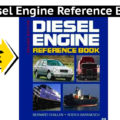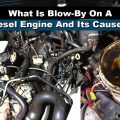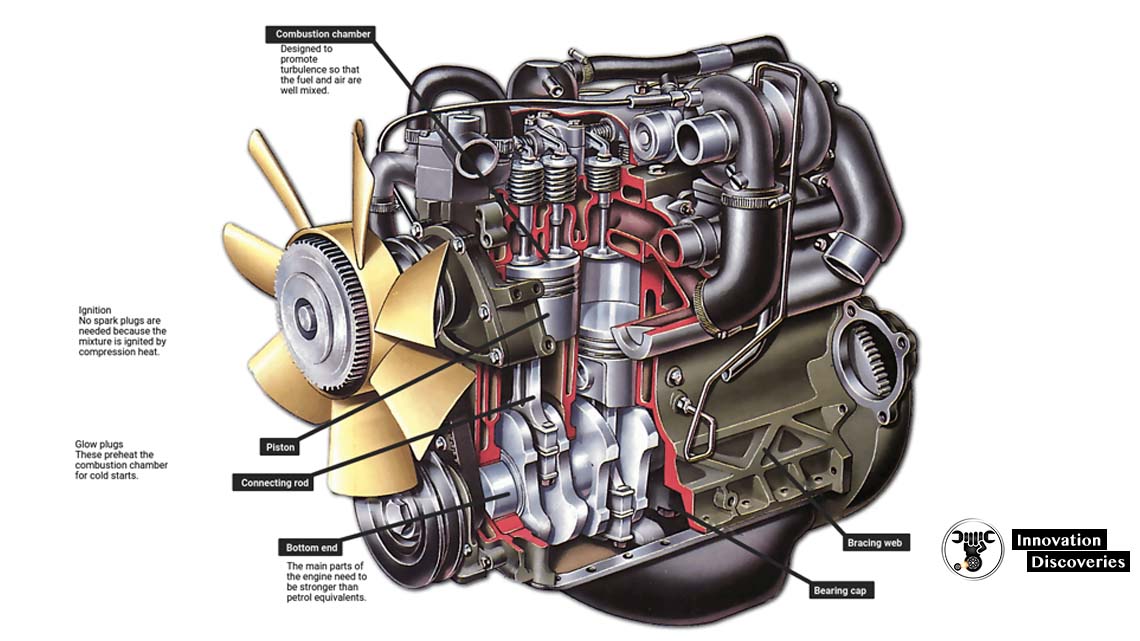
Introduction
Common rail diesel engines have become increasingly popular due to their efficiency and performance improvements over traditional diesel engines.
This article explores the working principle of common rail diesel engines, their advantages, and their disadvantages.
Working Principle of Common Rail Diesel Engine
A common rail diesel engine operates with an advanced fuel injection system designed to deliver precise amounts of fuel into the combustion chamber at high pressures. Here’s a detailed explanation of its working principle:
- Fuel Supply System:
- Fuel Tank: The diesel fuel is stored in the fuel tank.
- Fuel Pump: The fuel pump draws diesel from the tank and delivers it to the high-pressure pump.
- High-Pressure Pump:
- The high-pressure pump compresses the diesel fuel to very high pressures, typically ranging from 1,600 to 2,500 bars (23,200 to 36,300 psi).
- This high-pressure fuel is then delivered to the common rail.
- Common Rail:
- The common rail is a high-pressure accumulator that stores the pressurized fuel and supplies it to the fuel injectors.
- It maintains constant high pressure, ensuring that fuel is available at the required pressure whenever needed.
- Fuel Injectors:
- Fuel injectors are controlled electronically by the engine control unit (ECU).
- The ECU determines the exact timing and amount of fuel to be injected into the combustion chamber based on various parameters like engine speed, load, and temperature.
- The injectors spray the pressurized fuel into the combustion chamber at the precise moment, ensuring efficient combustion.
- Combustion Process:
- The injected fuel mixes with the compressed air in the combustion chamber.
- The high pressure and temperature in the chamber cause the fuel to ignite spontaneously, leading to combustion.
- The resulting explosion pushes the piston down, generating power.
- Exhaust System:
- The burned gases are expelled from the combustion chamber through the exhaust valves and are released into the atmosphere via the exhaust system.
Pros of Common Rail Diesel Engines
- Improved Fuel Efficiency:
- Precision Injection: The common rail system allows for precise control over the amount and timing of fuel injection. This precision leads to better atomization and more complete combustion of the fuel, resulting in higher fuel efficiency.
- Multiple Injection Events: The ability to perform multiple injections per cycle (pre-injection, main injection, and post-injection) helps optimize the combustion process, reducing fuel consumption.
- Enhanced Performance:
- Higher Injection Pressure: The high-pressure fuel injection leads to finer atomization of the fuel, which mixes better with air and combusts more completely. This results in increased power output and better throttle response.
- Flexible Control: Electronic control of the injectors allows for adjustments in real-time, optimizing engine performance under different operating conditions.
- Reduced Emissions:
- Lower NOx and Particulate Matter: Efficient combustion reduces the formation of nitrogen oxides (NOx) and particulate matter (PM), making common rail engines more environmentally friendly.
- Compliance with Emission Standards: The precise fuel metering and combustion control help engines meet stringent emission regulations without sacrificing performance.
- Quieter Operation:
- Smooth Combustion: The multiple injection events and precise timing lead to smoother combustion processes, reducing engine noise and vibration.
- Reduced Knock: Improved combustion control minimizes engine knock, contributing to a quieter operation.
- Better Cold Start:
- Pre-Injection Capability: The pre-injection capability of common rail systems helps in heating the combustion chamber, improving cold start performance.
- Optimized Fuel Delivery: Electronic control ensures the right amount of fuel is delivered even at low temperatures, aiding in easier engine start.
- Enhanced Durability:
- Balanced Load Distribution: The smooth and efficient combustion process reduces stress on engine components, leading to longer engine life.
- High-Quality Components: The advanced design and materials used in common rail systems contribute to their robustness and reliability.
- Adaptability:
- Wide Range of Applications: Common rail systems can be used in various types of diesel engines, from small passenger cars to heavy-duty trucks and industrial machinery.
- Future-Proof Technology: The ability to meet current and future emission standards makes common rail diesel engines a viable option for long-term use.
- Improved Driveability:
- Consistent Power Delivery: The precise control over fuel injection ensures consistent and smooth power delivery, enhancing the driving experience.
- Responsive Throttle: Better control over the combustion process results in a more responsive throttle, providing better control and handling.
The common rail diesel engine’s advanced technology offers significant improvements in efficiency, performance, emissions, and durability, making it a preferred choice for many modern diesel applications.
Cons of Common Rail Diesel Engines
- Complexity:
- Advanced Technology: Common rail systems involve sophisticated technology, including high-pressure pumps, precision injectors, and electronic control units (ECUs). This complexity can make the systems difficult to understand and diagnose.
- More Components: The additional components required for common rail systems add to the overall complexity of the engine, making it more intricate compared to traditional diesel engines.
- Higher Initial Cost:
- Expensive Components: The high-quality materials and advanced manufacturing processes used for the components of common rail systems result in higher production costs.
- Advanced Electronics: The need for precise electronic control systems and sensors also contributes to the increased initial cost of these engines.
- Maintenance and Repair Costs:
- Specialized Tools and Knowledge: Servicing common rail diesel engines often requires specialized diagnostic tools and expertise, which can increase maintenance costs.
- High-Pressure Components: The high-pressure fuel system components, such as the injectors and pumps, can be expensive to repair or replace if they fail.
- Fuel Quality Sensitivity:
- Contamination Risk: Common rail systems are highly sensitive to fuel quality. Contaminated fuel can damage the high-pressure pump and injectors, leading to costly repairs.
- Diesel Particulate Filters (DPF): Poor fuel quality can also affect the performance of the DPF, leading to clogging and reduced engine efficiency.
- Potential for Injector Problems:
- Injector Wear: High-pressure injectors are subject to wear and tear, which can lead to issues such as leaks or poor fuel atomization over time.
- Injector Clogging: Fine tolerances in the injectors make them prone to clogging from impurities in the fuel, necessitating regular maintenance.
- Electronic System Dependence:
- ECU Failures: The reliance on electronic control units means that any malfunction in the ECU can impact the entire fuel injection system, potentially causing engine performance issues or complete failure.
- Sensor Malfunctions: Sensors that monitor various engine parameters are critical for the proper operation of common rail systems. Failure of these sensors can lead to incorrect fuel delivery and engine problems.
- Higher Repair Costs:
- Expensive Parts: Replacement parts for common rail systems, such as high-pressure pumps and injectors, are typically more expensive than those for conventional diesel engines.
- Labor Costs: The complexity of these systems often requires skilled technicians for repairs, leading to higher labor costs.
- Potential Overheating Issues:
- High Pressure and Heat: The high pressures at which common rail systems operate can generate significant heat, potentially leading to overheating issues if not properly managed.
- Thermal Stress: Continuous operation under high pressure can cause thermal stress on components, potentially reducing their lifespan.
Despite these disadvantages, the benefits of common rail diesel engines in terms of efficiency, performance, and emissions often outweigh the drawbacks for many applications. However, it is important to consider these cons when deciding on the use of common rail diesel technology.
Conclusion
Common rail diesel engines represent a significant advancement in diesel technology, offering numerous benefits in terms of efficiency, performance, and emissions. However, these advantages come with increased complexity and cost. As diesel engine technology continues to evolve, common rail systems are likely to remain a key component, balancing the need for power and efficiency with environmental considerations.






8 Comments